777293
2-{[7-(5-N,N-Ditolylaminothiophen-2-yl)-2,1,3-benzothiadiazol-4-yl]methylene}malononitrile
99% (HPLC)
Sinonimo/i:
2-[[7-[5-[Bis(4-methylphenyl)amino]-2-thienyl]-2,1,3-benzothiadiazol-4-yl]methylene]propanedinitrile, DTDCTB
Scegli un formato
About This Item
Prodotti consigliati
Saggio
99% (HPLC)
Stato
powder
Punto di fusione
230-235 °C
Temp. transizione
Tm 233 °C
λmax
662-664 nm in dichloromethane
Stringa SMILE
CC(C=C1)=CC=C1N(C2=CC=C(C)C=C2)C3=CC=C(C4=CC=C(C=C(C#N)C#N)C5=NSN=C54)S3
InChI
1S/C28H19N5S2/c1-18-3-8-22(9-4-18)33(23-10-5-19(2)6-11-23)26-14-13-25(34-26)24-12-7-21(15-20(16-29)17-30)27-28(24)32-35-31-27/h3-15H,1-2H3
BCJCBXQJAANTJL-UHFFFAOYSA-N
Categorie correlate
Descrizione generale
MoO3 (30nm) / DTDCTB (7nm) / DTDCTB:C60/C70 (40nm) / C60/C70 (7nm) / BCP (10nm) / Ag
Device performance:
- JSC = 14.68 mA/cm2
- VOC = 0.8 V
- FF = 0.5
- PCE = 5.81%
Applicazioni
Avvertenze
Warning
Indicazioni di pericolo
Consigli di prudenza
Classi di pericolo
Eye Irrit. 2 - Skin Irrit. 2 - STOT SE 3
Organi bersaglio
Respiratory system
Codice della classe di stoccaggio
11 - Combustible Solids
Classe di pericolosità dell'acqua (WGK)
WGK 3
Punto d’infiammabilità (°F)
Not applicable
Punto d’infiammabilità (°C)
Not applicable
Scegli una delle versioni più recenti:
Certificati d'analisi (COA)
Non trovi la versione di tuo interesse?
Se hai bisogno di una versione specifica, puoi cercare il certificato tramite il numero di lotto.
Possiedi già questo prodotto?
I documenti relativi ai prodotti acquistati recentemente sono disponibili nell’Archivio dei documenti.
I clienti hanno visto anche
Articoli
Solution-processed organic photovoltaic devices (OPVs) have emerged as a promising clean energy generating technology due to their ease of fabrication, potential to enable low-cost manufacturing via printing or coating techniques, and ability to be incorporated onto light weight, flexible substrates.
Active Filters
Il team dei nostri ricercatori vanta grande esperienza in tutte le aree della ricerca quali Life Science, scienza dei materiali, sintesi chimica, cromatografia, discipline analitiche, ecc..
Contatta l'Assistenza Tecnica.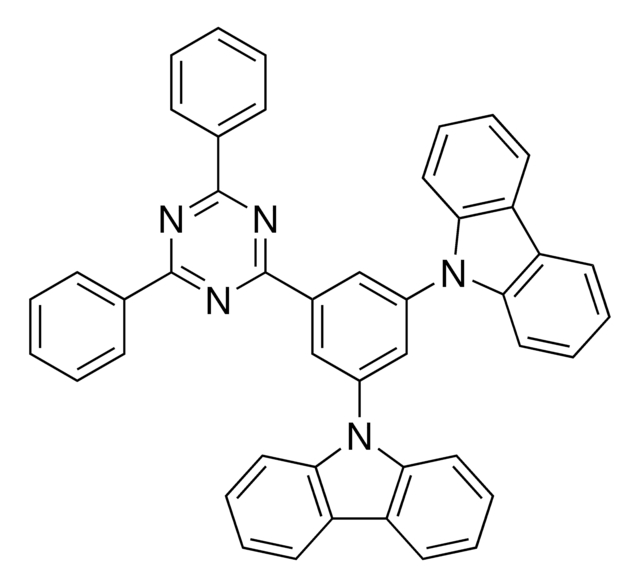
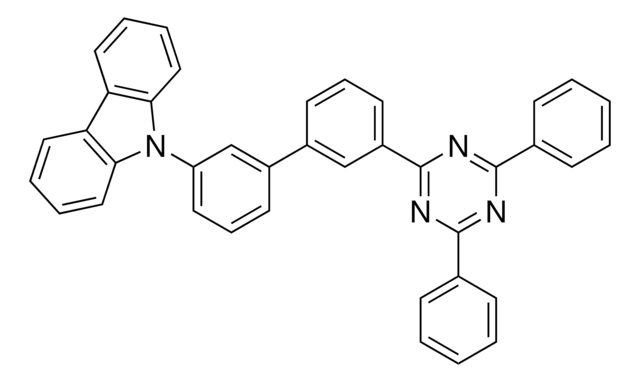
iridium(III) 97%](/deepweb/assets/sigmaaldrich/product/structures/309/053/0823f035-245c-433d-b033-2eca2d931c67/640/0823f035-245c-433d-b033-2eca2d931c67.png)
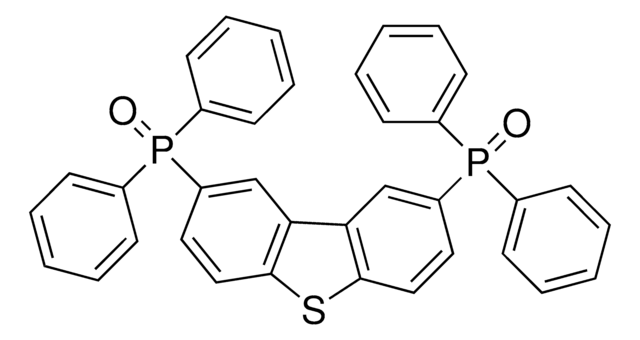
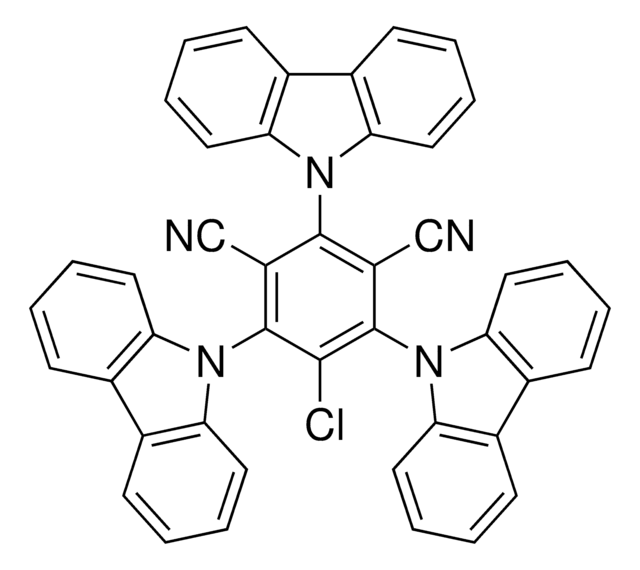
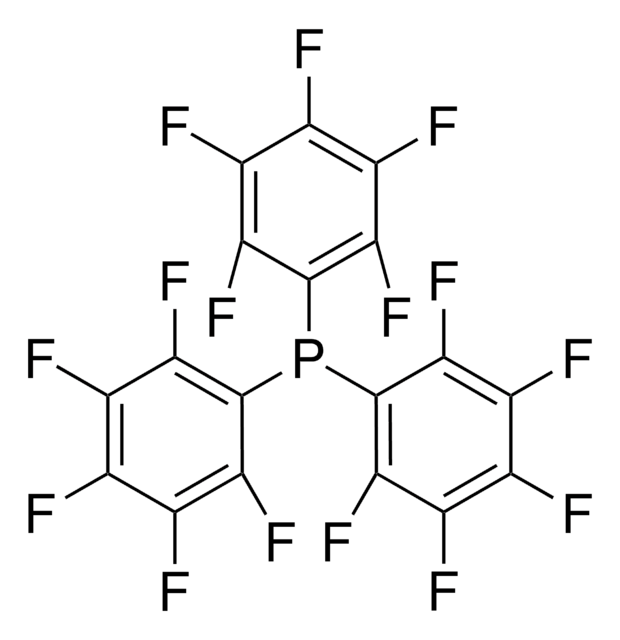
![3,6-Bis(5-bromo-2-thienyl)-2,5-bis(2-hexyldecyl)-2,5-dihydro-pyrrolo[3,4-c]pyrrole-1,4-dione 98%](/deepweb/assets/sigmaaldrich/product/structures/128/499/590a62c1-529b-42e2-96df-25659ec8c9e0/640/590a62c1-529b-42e2-96df-25659ec8c9e0.png)

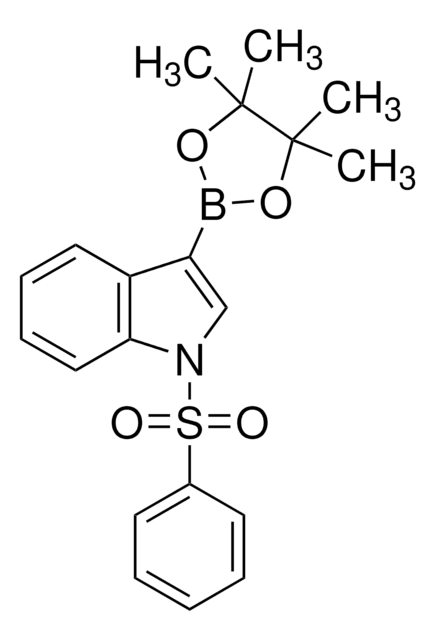


![2,4-Bis[4-(N,N-diphenylamino)-2,6-dihydroxyphenyl]squaraine 98%](/deepweb/assets/sigmaaldrich/product/structures/303/054/d8b9c845-3623-4f5a-8a30-ab6731034171/640/d8b9c845-3623-4f5a-8a30-ab6731034171.png)
